Home>Storage & Organization>Kitchen Organizing Tools>How To Get A Kitten To Poop In The Litter Box
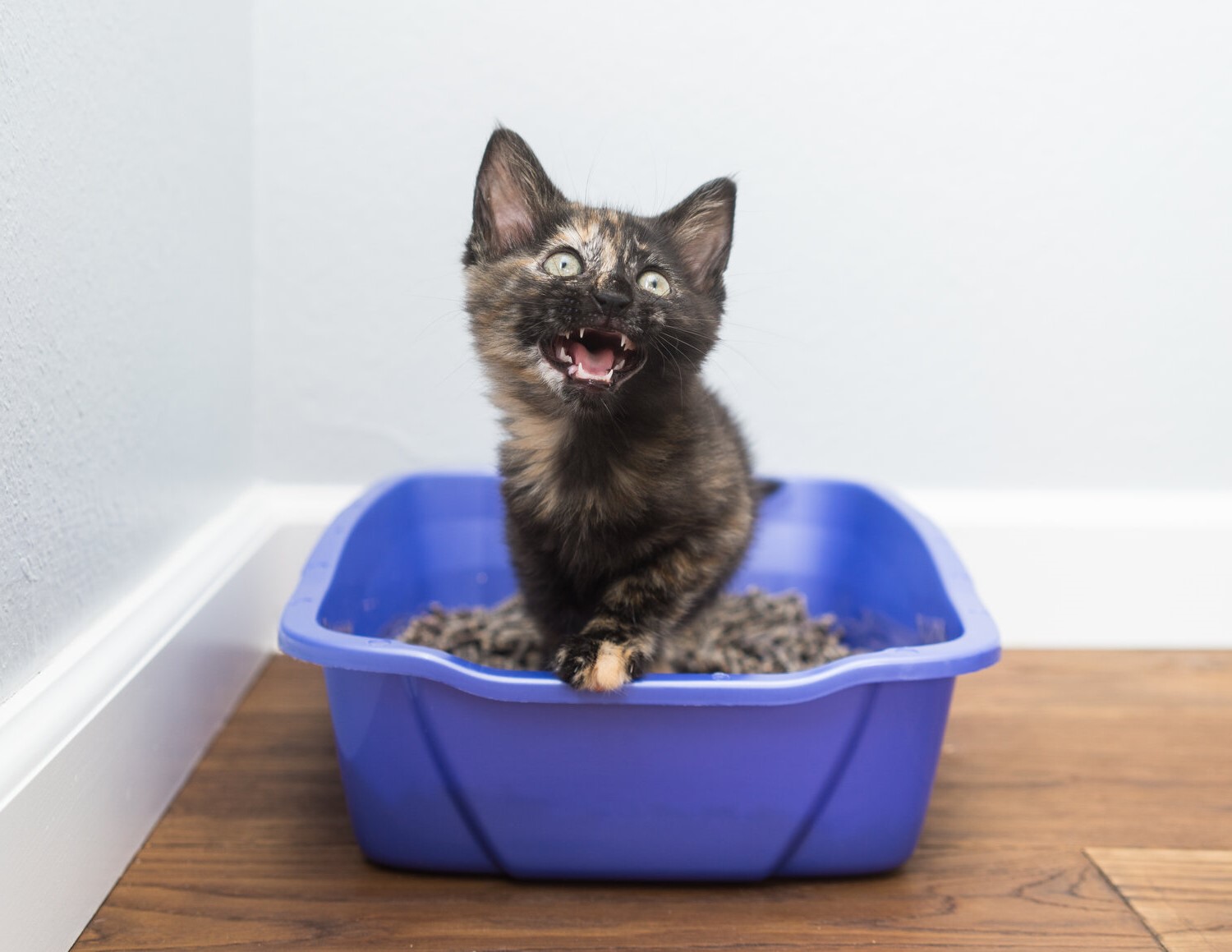

Kitchen Organizing Tools
How To Get A Kitten To Poop In The Litter Box
Modified: March 2, 2024
Discover effective methods for getting your kitten to use the litter box with the best kitchen organizing tools. Say goodbye to messy accidents and enjoy a clean home.
(Many of the links in this article redirect to a specific reviewed product. Your purchase of these products through affiliate links helps to generate commission for Storables.com, at no extra cost. Learn more)
Introduction
Welcoming a new kitten into your home is an exciting and heartwarming experience. As you prepare to introduce your furry friend to their new environment, it's essential to ensure that they adapt comfortably and seamlessly. One of the fundamental aspects of acclimating your kitten to their new home is teaching them to use the litter box effectively. This process is crucial for maintaining a clean and hygienic living space for both you and your adorable feline companion.
In this comprehensive guide, we will delve into the intricacies of training your kitten to use the litter box. From understanding your kitten's behavior to selecting the right litter box and litter, creating a comfortable environment, and troubleshooting common issues, we will cover every aspect to ensure a smooth and successful transition for your new pet.
By gaining insight into your kitten's behavior and needs, you can establish a nurturing and supportive environment that encourages positive litter box habits. Additionally, selecting the appropriate litter box and litter, as well as creating a comfortable space, will play a pivotal role in fostering a positive association with the litter box for your kitten.
As we embark on this journey together, you will discover effective techniques and valuable tips to guide your kitten through the process of using the litter box. Whether you're a first-time pet owner or seeking to enhance your knowledge of kitten care, this guide will equip you with the essential tools to facilitate a seamless and successful litter box training experience for your beloved new companion.
Key Takeaways:
- Understanding Your Kitten
Kittens have natural instincts to bury waste, explore, and establish territory. Understanding these behaviors helps create a supportive environment for successful litter box training. - Training Tips for Success
Gradual introduction, positive reinforcement, and consistent cleaning are key to training your kitten to use the litter box. Patience and understanding are essential for a harmonious transition.
Read more: When To Introduce Kittens To A Litter Box
Understanding Your Kitten's Behavior
Understanding your kitten's behavior is a crucial first step in effectively training them to use the litter box. Kittens, like all animals, have specific instincts and behaviors that influence their actions. By gaining insight into these behaviors, you can tailor your approach to litter box training to align with your kitten's natural tendencies.
1. Instinctual Behaviors:
Kittens are naturally inclined to bury their waste as a survival instinct. In the wild, this behavior helps them avoid detection by potential predators. Understanding this instinctual behavior is essential when introducing them to the litter box, as it aligns with their natural inclination to cover their waste.
2. Exploration and Curiosity:
Kittens are inherently curious and playful creatures. As they explore their new environment, they may initially view the litter box as an intriguing object to investigate. This curiosity can be leveraged during the training process by making the litter box an inviting and accessible space for your kitten.
3. Sensitivity to Cleanliness:
Kittens are typically sensitive to cleanliness and may display aversion to soiled areas. This sensitivity can be advantageous when training them to use the litter box, as they are inclined to seek out clean and hygienic spaces for their toileting needs.
4. Establishing Territory:
Kittens have a natural inclination to establish their territory. The introduction of a litter box provides them with a designated area for toileting, aligning with their instinct to mark their territory within their living space.
By recognizing and understanding these innate behaviors, you can approach litter box training with a deeper understanding of your kitten's needs and tendencies. This understanding will enable you to create a supportive and encouraging environment that facilitates successful litter box training for your kitten.
Choosing the Right Litter Box and Litter
Selecting the appropriate litter box and litter is a pivotal aspect of setting the stage for successful litter box training for your kitten. The right choices can significantly impact your kitten's comfort, hygiene, and overall experience with the litter box. Here's a detailed exploration of the key considerations when choosing the right litter box and litter for your feline companion:
-
Litter Box Size and Design:
When choosing a litter box for your kitten, opt for a size that accommodates their current needs while allowing room for growth. A smaller, low-sided litter box is ideal for kittens, as it offers easy access and promotes a sense of security. Additionally, consider a litter box with a removable lid or cover to provide privacy and reduce litter scatter, catering to your kitten's natural inclination for privacy during toileting. -
Litter Box Placement:
The location of the litter box is crucial in promoting your kitten's acceptance and consistent use. Place the litter box in a quiet, easily accessible area, away from high-traffic zones and noisy appliances. This placement ensures that your kitten can use the litter box without feeling vulnerable or disrupted, fostering a positive association with the toileting area. -
Litter Selection:
When it comes to choosing litter for your kitten, opt for a soft, non-clumping litter that is gentle on their delicate paws. Avoid scented litters, as kittens may find the fragrance overwhelming. Additionally, consider using a litter that closely resembles the texture of natural soil, as this aligns with your kitten's instinctual preference for digging and burying their waste. -
Hygiene and Maintenance:
Prioritize hygiene and cleanliness when selecting a litter box and litter. Choose a litter box with smooth, easy-to-clean surfaces to facilitate regular maintenance. Additionally, select a litter that effectively absorbs moisture and neutralizes odors, promoting a fresh and inviting environment for your kitten.
By carefully considering the size, design, placement, and type of litter for the litter box, you can create an inviting and comfortable space that encourages your kitten to develop positive litter box habits. These thoughtful choices lay the foundation for a seamless transition into litter box training, setting the stage for a harmonious and hygienic living environment for both you and your beloved feline companion.
Creating a Comfortable Environment for Your Kitten
Creating a comfortable environment for your kitten is essential for their overall well-being and successful litter box training. By fostering a nurturing and supportive space, you can instill a sense of security and contentment in your kitten, laying the groundwork for positive litter box habits. Here's a detailed exploration of the key elements involved in creating a comfortable environment for your feline companion:
-
Safe and Secure Space: Designate a specific area in your home that serves as a safe haven for your kitten. This space should offer a sense of security and tranquility, away from potential stressors or disturbances. Providing a cozy bed, toys, and a scratching post in this area creates a comforting retreat where your kitten can relax and feel at ease.
-
Positive Socialization: Encourage positive interactions and socialization with your kitten. Spend quality time bonding with them through gentle play, affectionate petting, and reassuring verbal cues. This positive socialization fosters a strong sense of trust and comfort, reinforcing your kitten's confidence in their living environment.
-
Enriching Stimuli: Stimulate your kitten's senses by incorporating enriching stimuli in their environment. Interactive toys, scratching posts, and climbing structures offer opportunities for physical activity and mental stimulation, promoting a healthy and engaged lifestyle for your kitten.
-
Comfortable Resting Areas: Provide cozy and comfortable resting areas where your kitten can unwind and recharge. Soft bedding, blankets, or a plush cat tree offer inviting spots for relaxation, ensuring that your kitten feels secure and at ease in their designated resting spaces.
-
Calming Atmosphere: Create a calming atmosphere within your home by minimizing loud noises and maintaining a consistent daily routine. Establishing a predictable schedule for feeding, playtime, and rest cultivates a sense of stability and security for your kitten, contributing to a harmonious and tranquil living environment.
By prioritizing these elements, you can cultivate a nurturing and comfortable environment that supports your kitten's emotional well-being and overall adjustment to their new home. This environment sets the stage for successful litter box training, as your kitten feels secure, content, and at ease in their living space, fostering positive associations with the designated toileting area.
Training Your Kitten to Use the Litter Box
Training your kitten to use the litter box is a pivotal aspect of their acclimation to their new home. By employing effective techniques and providing consistent guidance, you can instill positive litter box habits in your kitten, fostering a clean and hygienic living environment for both you and your beloved pet. Here's a comprehensive exploration of the key steps involved in training your kitten to use the litter box:
-
Introduction to the Litter Box: Introduce your kitten to the litter box gradually. Place them in the litter box after meals or naps, as well as after playtime, to familiarize them with the designated toileting area. Encourage exploration and curiosity by gently placing their paws in the litter to acquaint them with the texture.
-
Positive Reinforcement: Utilize positive reinforcement to encourage your kitten's use of the litter box. Praise and offer gentle petting when they display appropriate toileting behavior in the litter box. Additionally, consider offering small treats as a reward for using the litter box, reinforcing the positive association with this designated space.
-
Consistent Schedule: Establish a consistent toileting schedule for your kitten. Encourage regular visits to the litter box after waking up, after meals, and before bedtime. Consistency plays a crucial role in reinforcing positive habits and ensuring that your kitten associates the litter box with their toileting needs.
-
Monitoring and Supervision: Monitor your kitten's behavior and provide gentle guidance during the initial stages of litter box training. If you notice signs that they need to relieve themselves, gently guide them to the litter box. Supervision allows you to offer support and encouragement as your kitten familiarizes themselves with the toileting process.
-
Maintaining Cleanliness: Keep the litter box clean and inviting for your kitten. Regularly scoop out waste and clumps, ensuring that the litter box remains a hygienic and appealing space for your kitten. Maintaining cleanliness reinforces positive associations and encourages consistent use of the litter box.
-
Addressing Accidents: In the event of accidents outside the litter box, refrain from scolding your kitten. Instead, gently clean the area and place any soiled materials in the litter box to familiarize your kitten with the appropriate toileting space. Patience and understanding are key when addressing accidents during the training process.
By implementing these techniques and maintaining a patient and supportive approach, you can effectively guide your kitten through the process of using the litter box. Consistency, positive reinforcement, and a nurturing environment play integral roles in facilitating successful litter box training for your beloved feline companion.
Read more: How To Get My Cat To Poop In The Litter Box
Troubleshooting Common Issues
As you embark on the journey of litter box training with your kitten, it's essential to be prepared for potential challenges that may arise along the way. Understanding and effectively addressing common issues can significantly contribute to the success of the training process. Here's a comprehensive exploration of common challenges and practical troubleshooting strategies to guide you through the litter box training journey:
1. Litter Box Aversion:
Some kittens may exhibit aversion to the litter box, leading to reluctance or refusal to use it for toileting. This aversion can stem from various factors, including the type of litter, the location of the litter box, or previous negative experiences.
Troubleshooting Strategy:
- Litter Experimentation: Try different types of litter to identify your kitten's preference. Some kittens may favor softer textures or unscented options.
- Location Adjustment: Relocate the litter box to a quieter, more secluded area if your kitten displays aversion to the current placement.
- Positive Reinforcement: Encourage and praise your kitten when they show interest in or use the litter box, reinforcing positive associations.
2. Accidents Outside the Litter Box:
Occasional accidents outside the litter box are common during the training process. Understanding the underlying reasons for these accidents is crucial in addressing and preventing future occurrences.
Troubleshooting Strategy:
- Increased Supervision: Monitor your kitten closely and gently guide them to the litter box if you notice signs of toileting behavior.
- Consistent Cleaning: Thoroughly clean any soiled areas outside the litter box to remove odors and discourage repeat incidents.
- Additional Litter Boxes: Consider placing multiple litter boxes in different areas of your home to provide convenient options for your kitten.
3. Litter Box Startle:
Some kittens may experience startle or discomfort when using a covered or hooded litter box. This discomfort can deter them from consistently using the designated toileting area.
Troubleshooting Strategy:
- Uncovered Option: Provide an uncovered litter box to offer a more open and accessible toileting space for your kitten.
- Gradual Introduction: If transitioning from a covered to an uncovered litter box, introduce the new option gradually to allow your kitten to acclimate comfortably.
- Positive Encouragement: Use positive reinforcement to reassure and comfort your kitten when using the uncovered litter box.
Read more: How To Train A Kitten To Use A Litter Box
4. Persistent Avoidance:
In some cases, kittens may persistently avoid using the litter box, leading to frustration and concern for pet owners. Understanding and addressing the root cause of this avoidance is essential in facilitating a positive change in behavior.
Troubleshooting Strategy:
- Veterinary Consultation: If persistent avoidance persists, consult with a veterinarian to rule out any underlying health issues that may be contributing to the behavior.
- Environmental Assessment: Evaluate the overall environment and potential stressors that may be impacting your kitten's comfort and behavior.
- Patience and Consistency: Maintain a patient and consistent approach, offering gentle guidance and support as your kitten acclimates to the litter box.
By proactively addressing these common issues and implementing targeted troubleshooting strategies, you can navigate the challenges of litter box training with confidence and patience. Each challenge presents an opportunity for learning and adaptation, ultimately contributing to a successful and harmonious transition for your kitten into their new home.
Place the kitten in the litter box after meals and playtime, as they are more likely to need to go then. Keep the litter box clean and use a litter that the kitten prefers.
Conclusion
In conclusion, the process of training your kitten to use the litter box is a journey that requires patience, understanding, and a deep appreciation for your kitten's natural behaviors and needs. By understanding your kitten's instincts, selecting the right litter box and litter, creating a comfortable environment, and employing effective training techniques, you can pave the way for a seamless and successful transition into positive litter box habits.
Throughout this comprehensive guide, we have explored the intricate nuances of kitten behavior, emphasizing the importance of aligning litter box training with their natural instincts. From their innate inclination to bury waste to their sensitivity to cleanliness and need for a secure environment, each aspect has been carefully considered to guide you in creating an optimal training experience for your kitten.
Choosing the right litter box and litter has been highlighted as a pivotal step in setting the stage for successful training. By prioritizing the size, design, placement, and type of litter, you can create an inviting and hygienic space that encourages your kitten to develop positive associations with the litter box.
Furthermore, creating a comfortable environment for your kitten has been underscored as a fundamental element in fostering a sense of security and contentment. By providing a safe and enriching space, positive socialization, and a calming atmosphere, you can ensure that your kitten feels at ease in their new home, laying the groundwork for successful litter box training.
The training process itself has been explored in depth, emphasizing the significance of gradual introduction, positive reinforcement, consistency, and gentle guidance. By employing these techniques and maintaining a supportive approach, you can effectively guide your kitten through the process of using the litter box, nurturing positive habits and behaviors.
Finally, we have addressed common issues and provided practical troubleshooting strategies to empower you in navigating potential challenges with confidence and understanding. Each challenge presents an opportunity for growth and adaptation, ultimately contributing to a successful and harmonious transition for your kitten into their new home.
As you embark on this journey of litter box training with your kitten, remember that patience, consistency, and a deep understanding of your kitten's needs are the cornerstones of success. By approaching the training process with empathy and dedication, you can create a nurturing and supportive environment that fosters positive litter box habits, ensuring a clean, hygienic, and harmonious living space for both you and your beloved feline companion.
Frequently Asked Questions about How To Get A Kitten To Poop In The Litter Box
Was this page helpful?
At Storables.com, we guarantee accurate and reliable information. Our content, validated by Expert Board Contributors, is crafted following stringent Editorial Policies. We're committed to providing you with well-researched, expert-backed insights for all your informational needs.
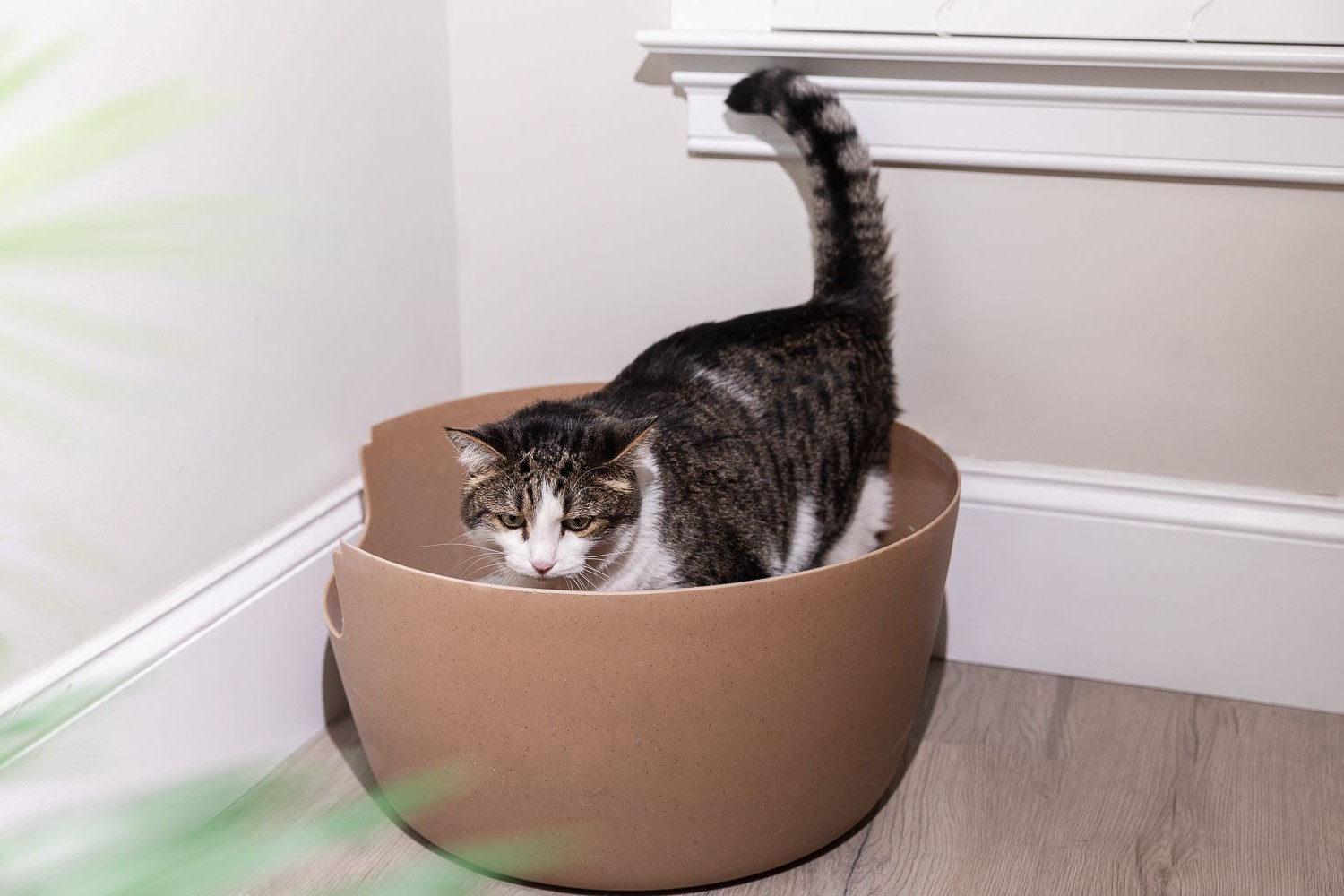
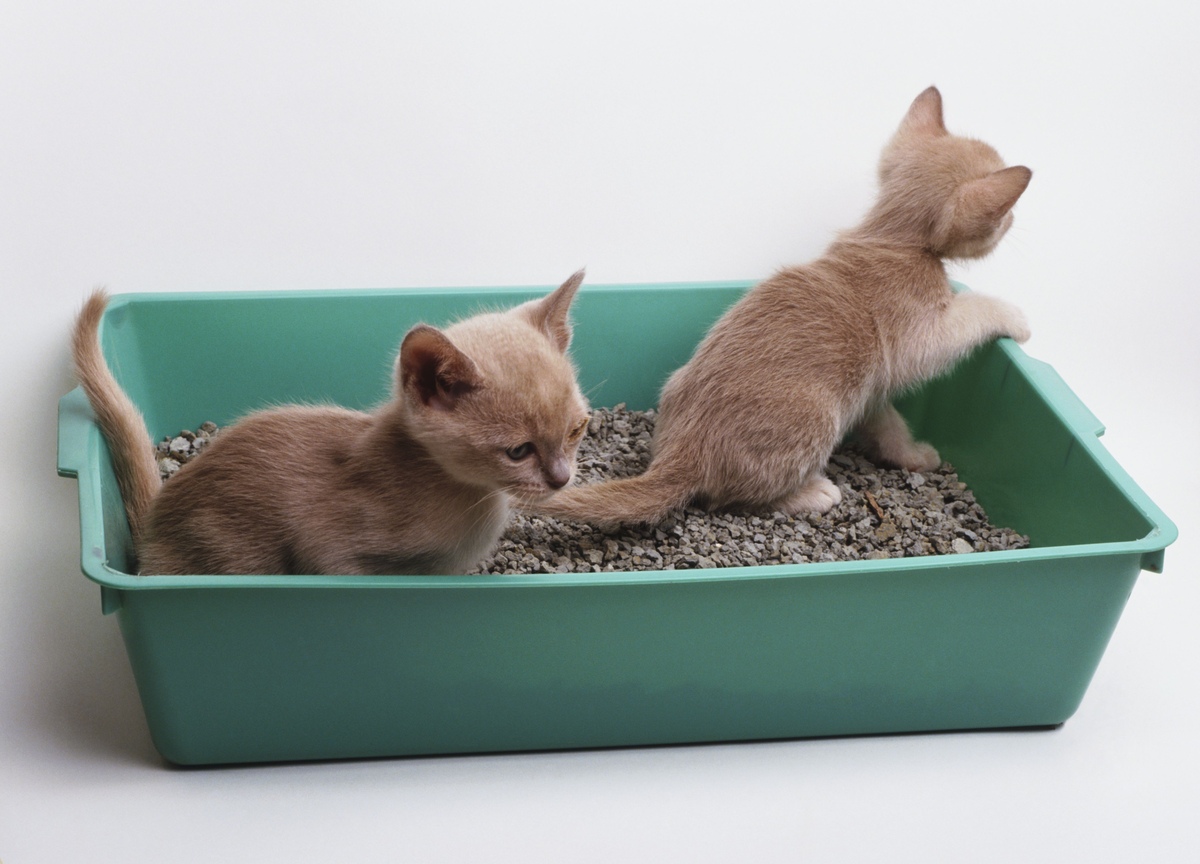
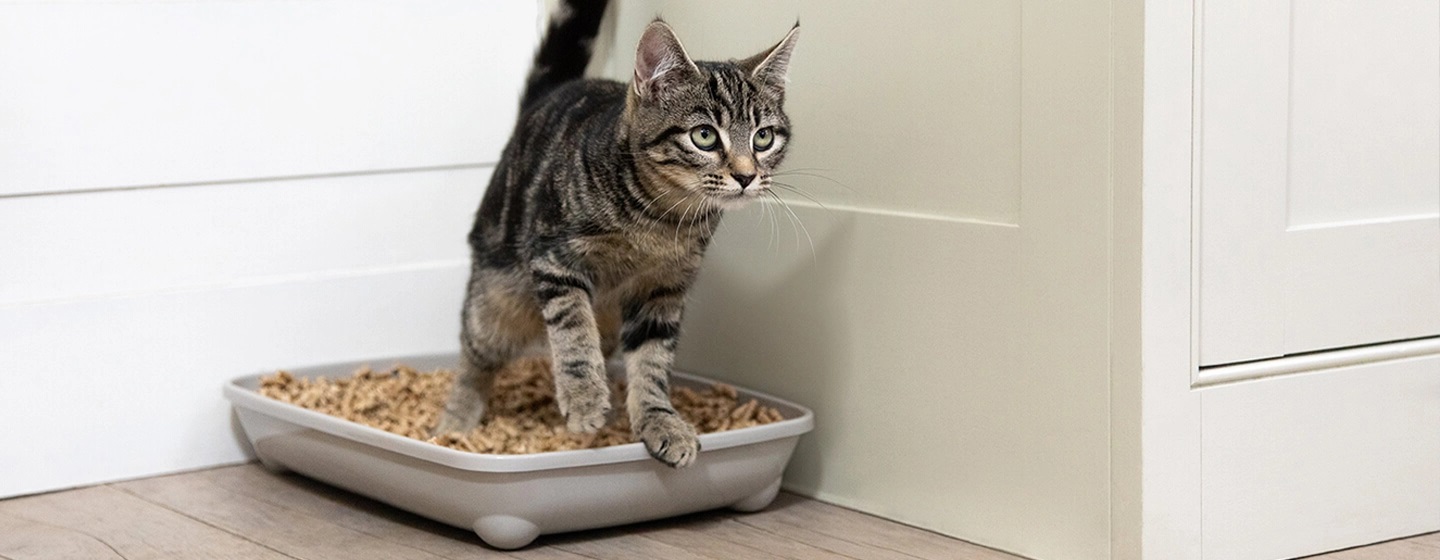
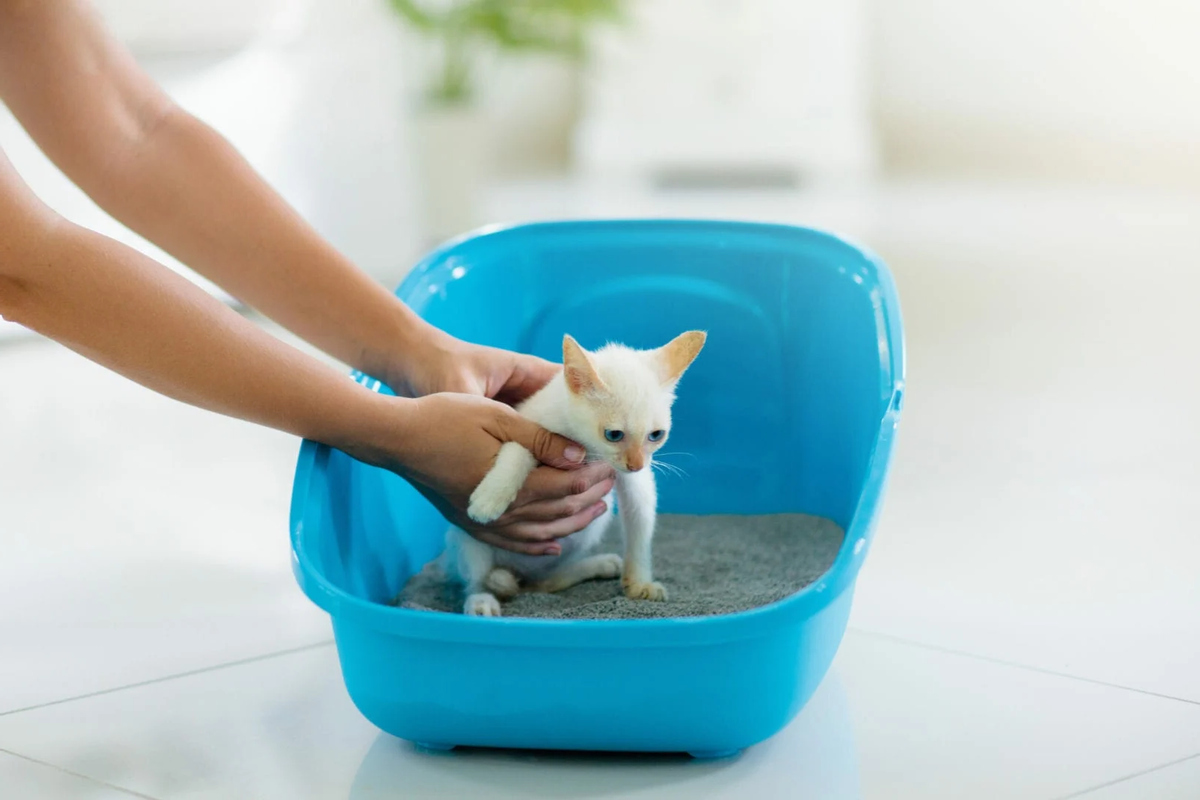
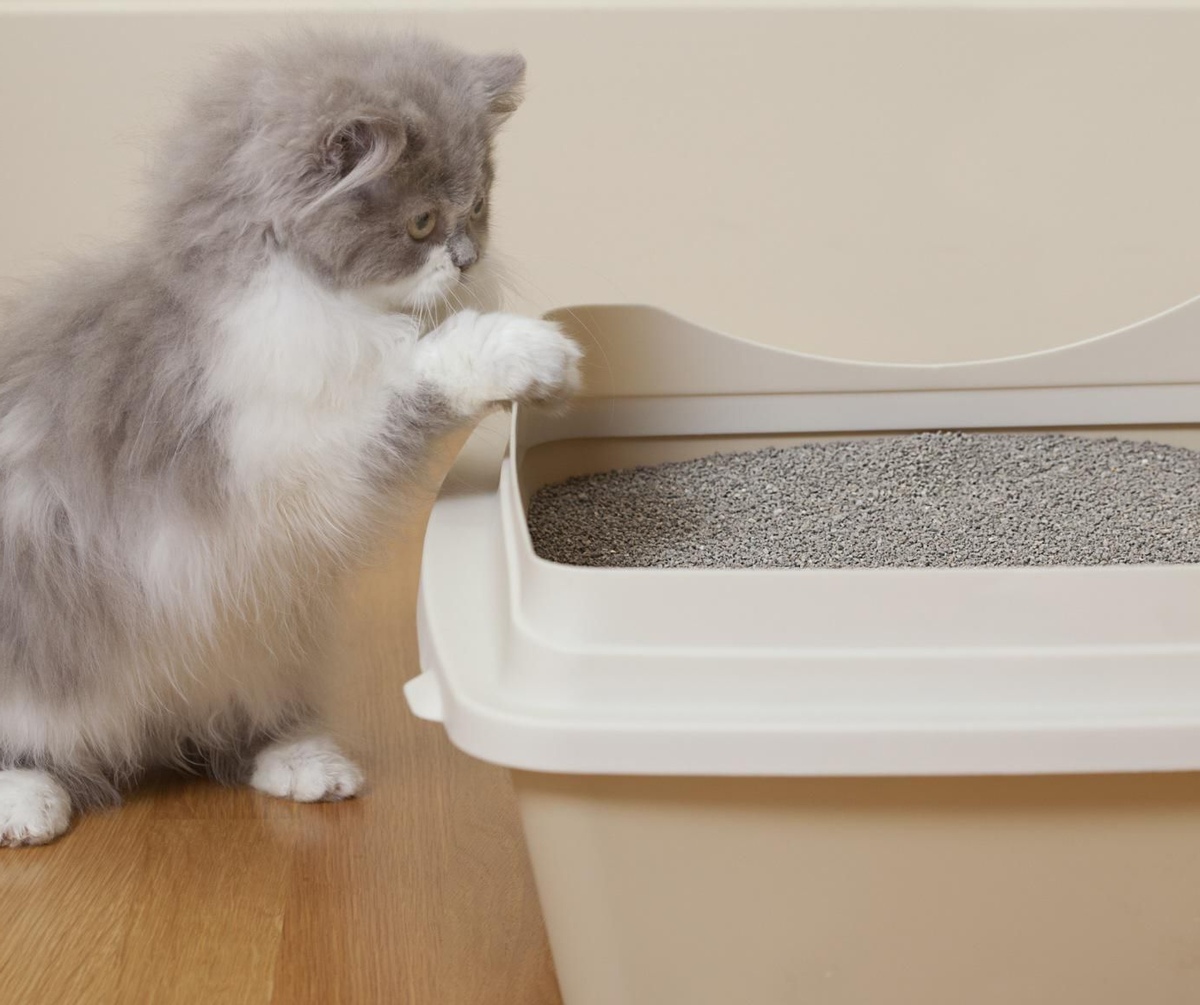
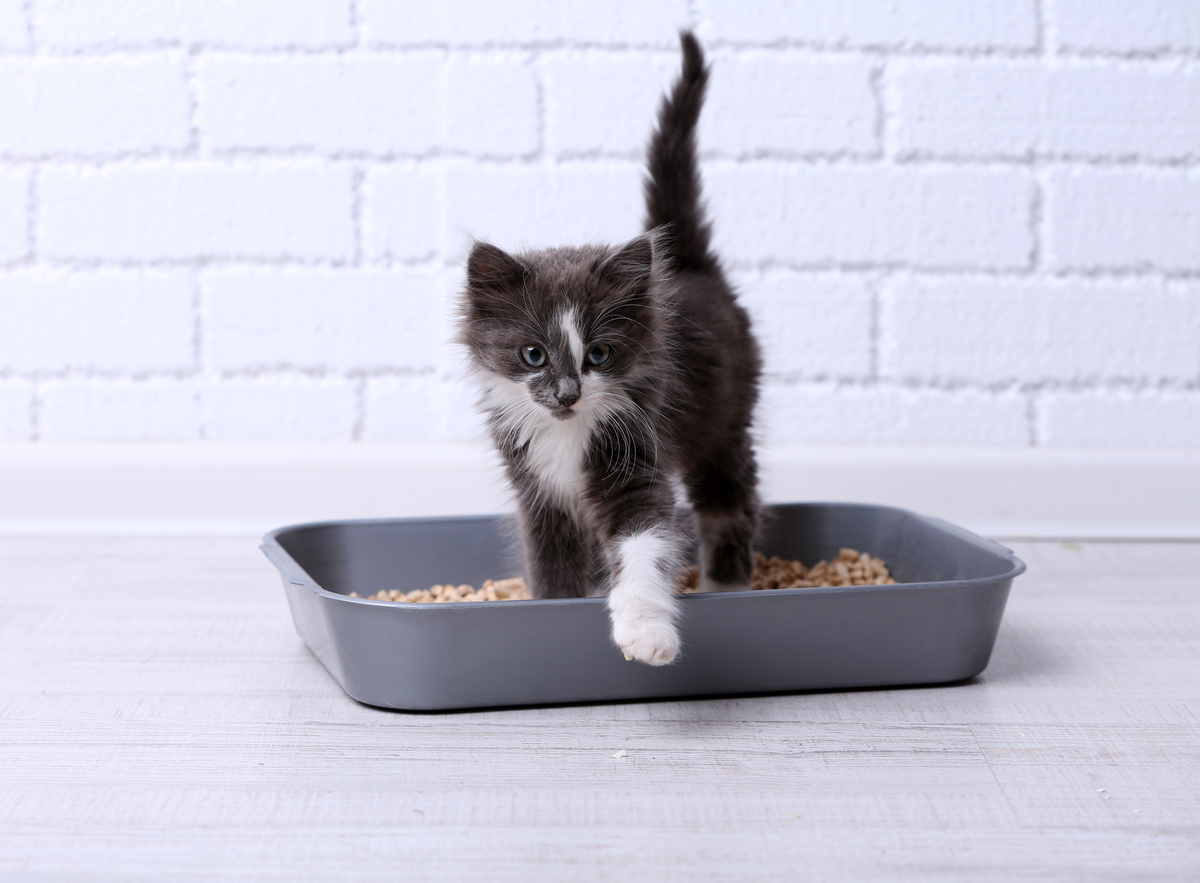
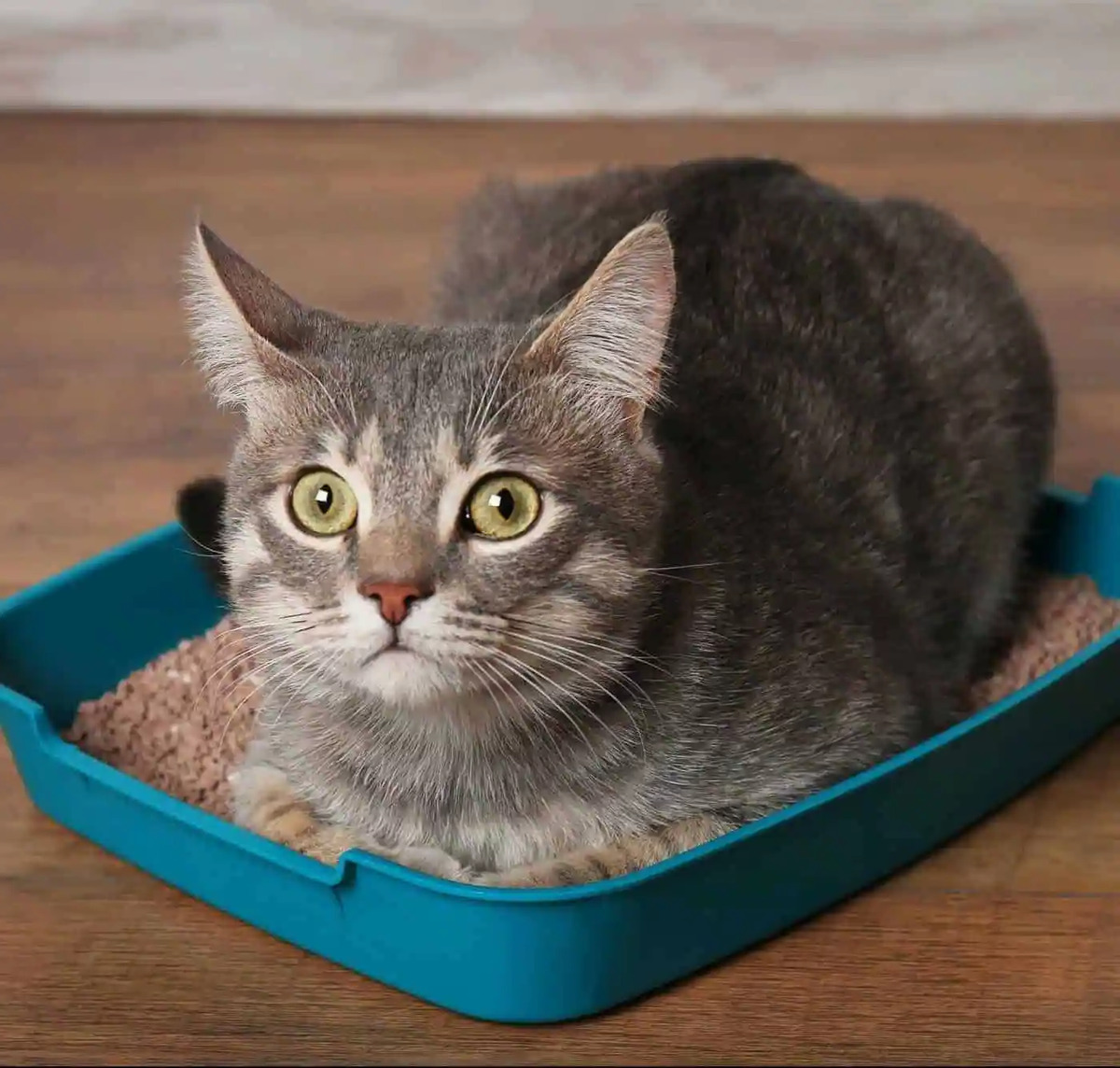
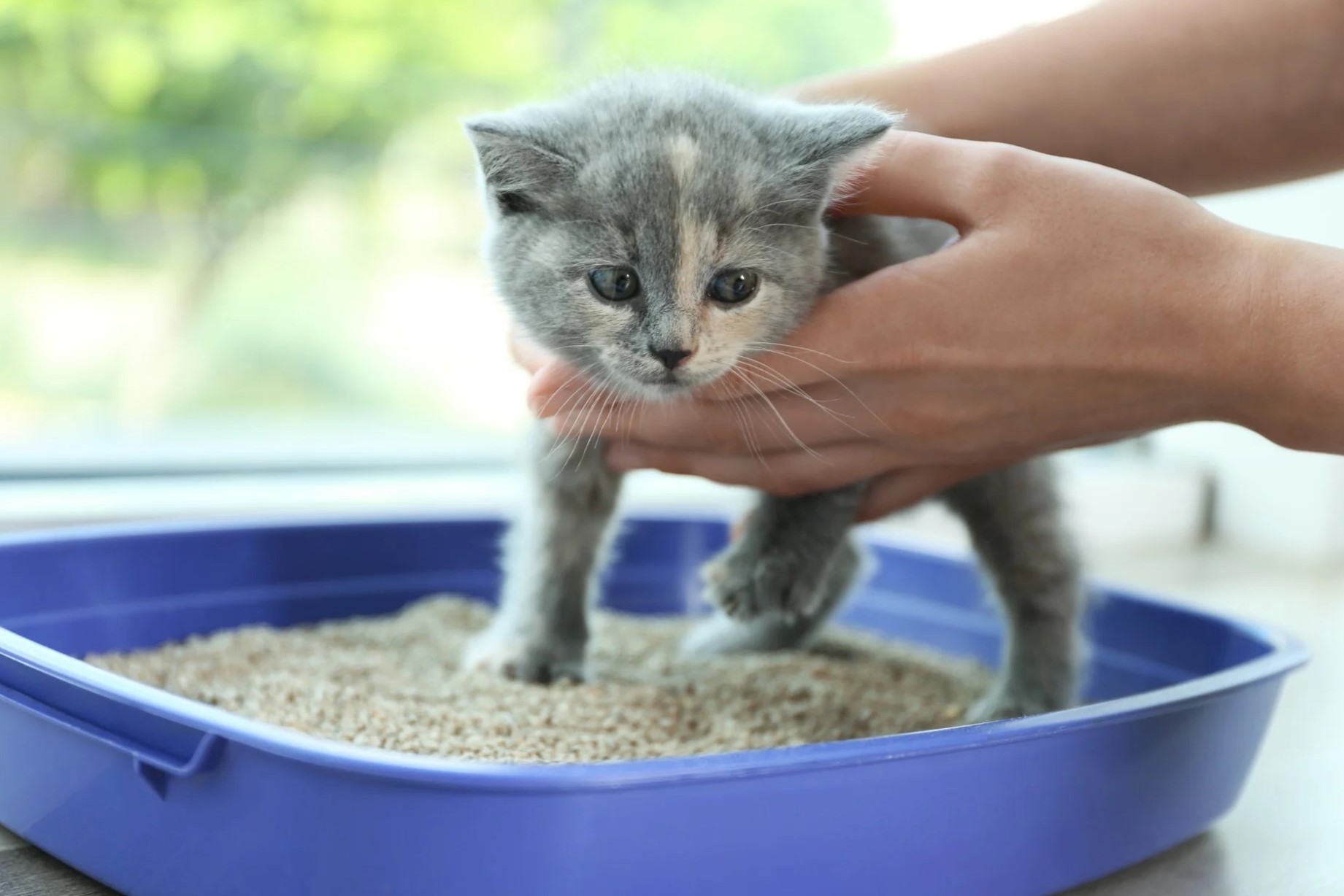

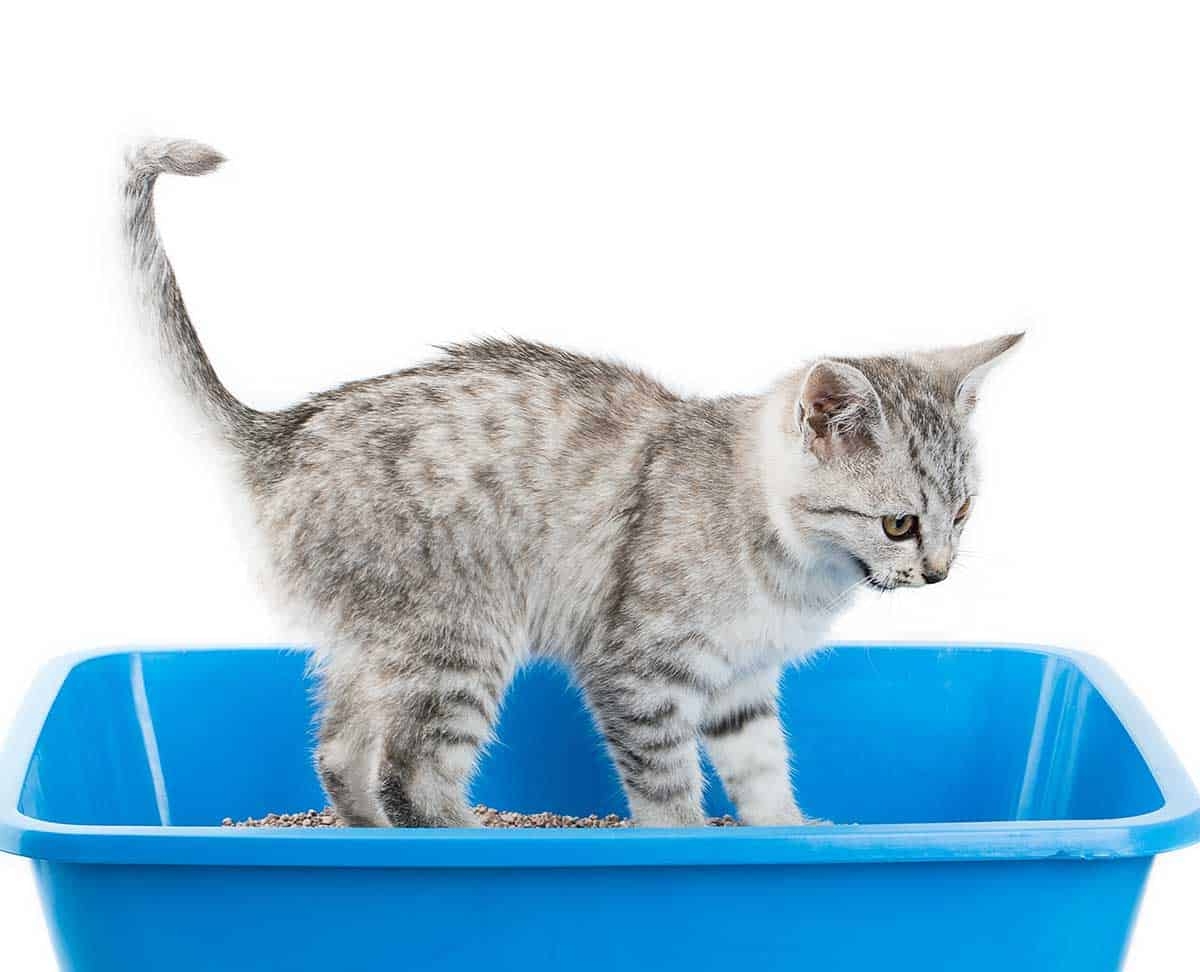
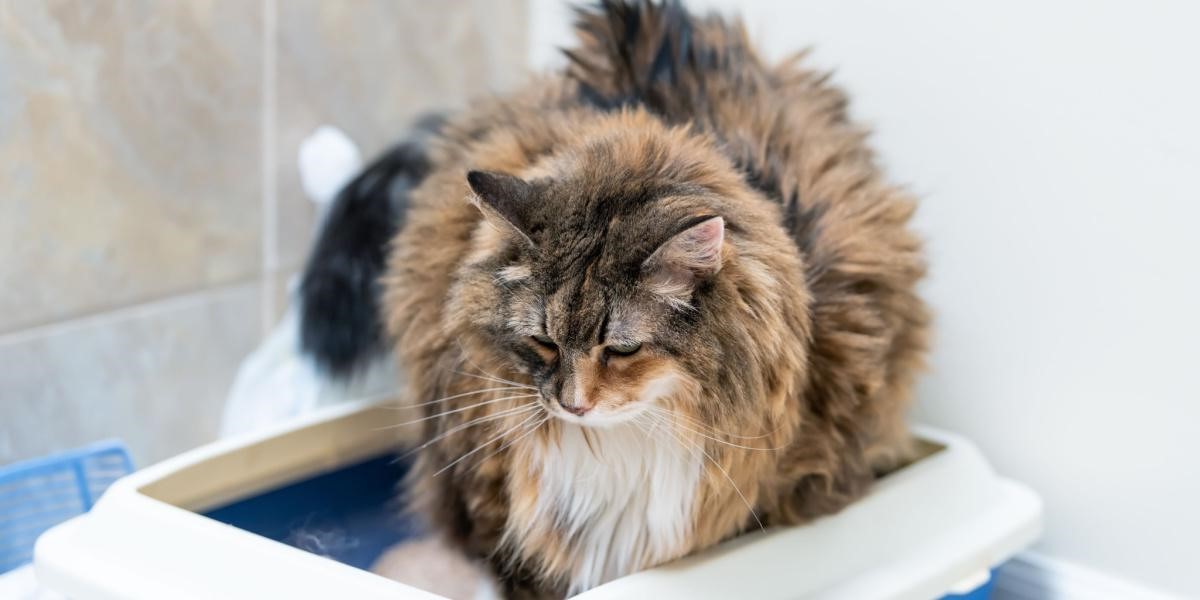
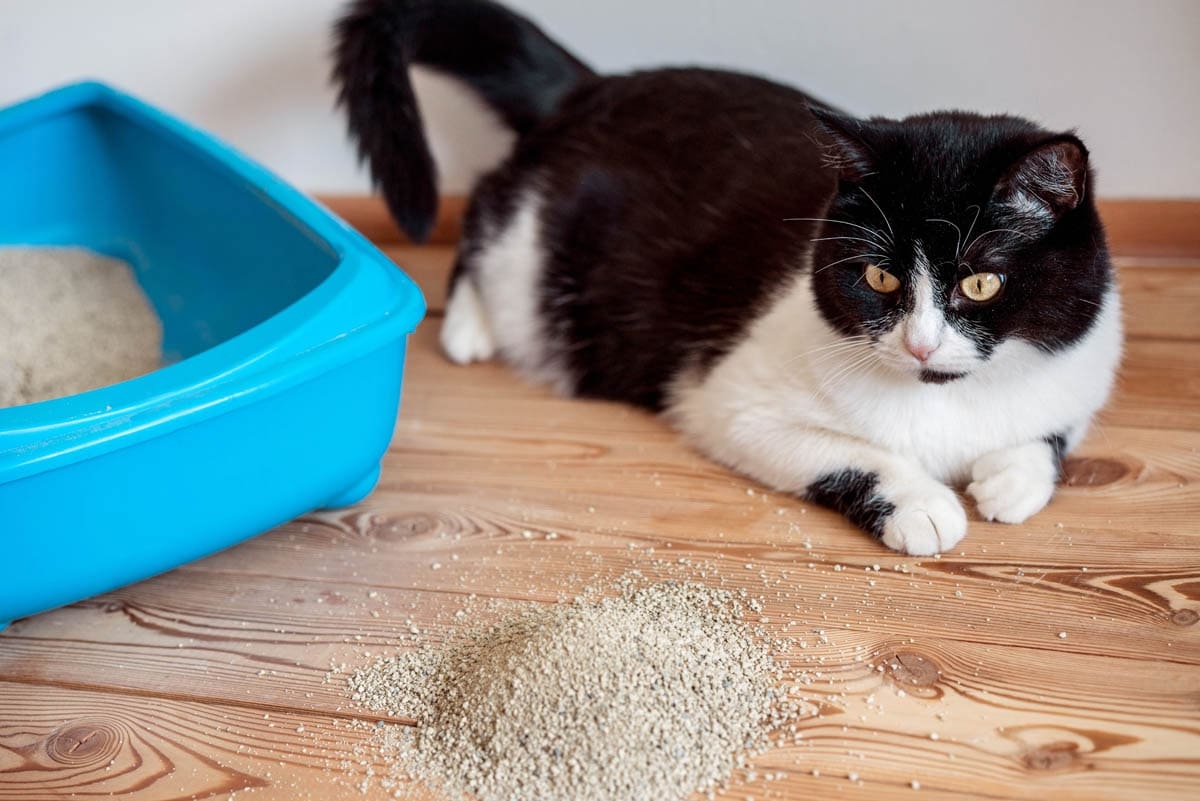
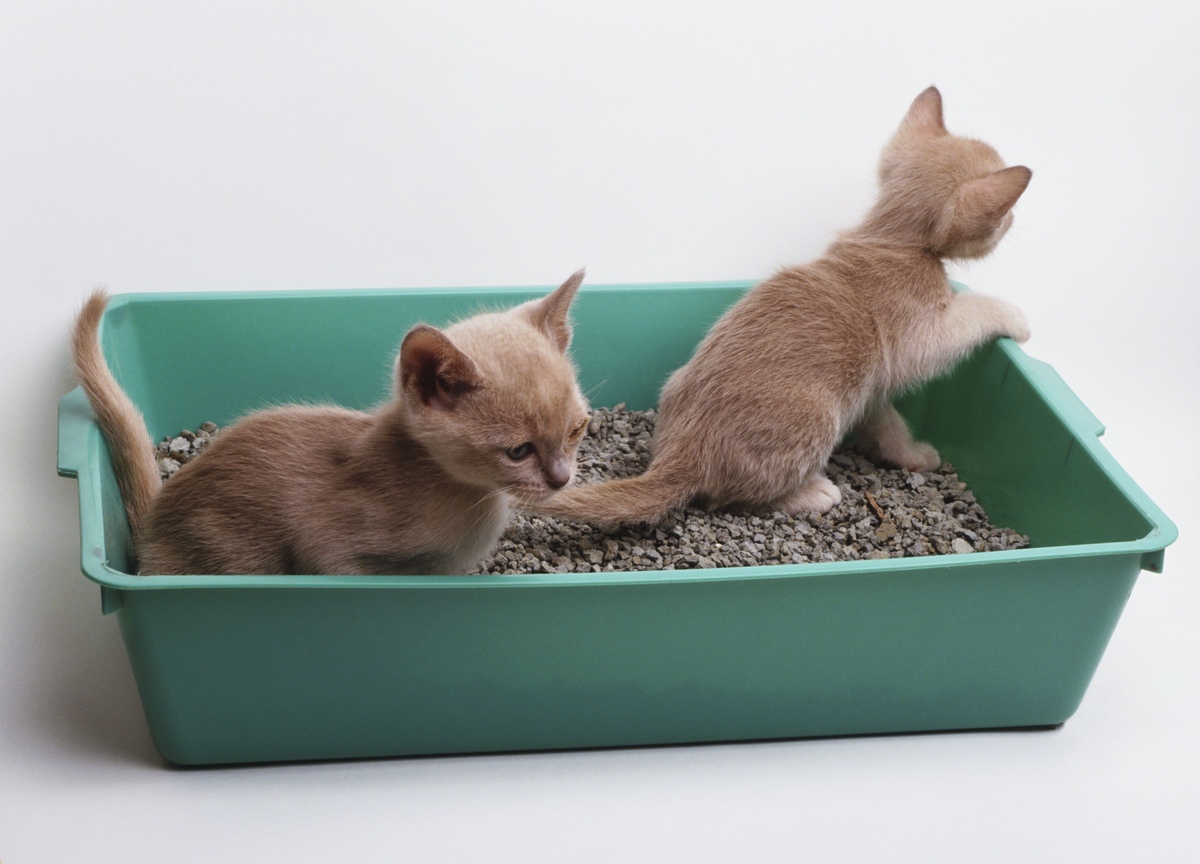

0 thoughts on “How To Get A Kitten To Poop In The Litter Box”